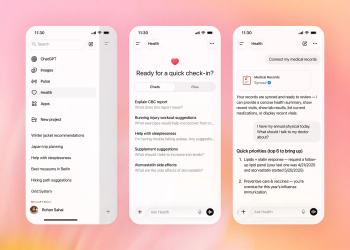
Excel at collections
With the new high-deductible health plans requiring more out-of-pocket contributions from patients, it's essential for your practice to optimize time-of-service collections.
Regardless of patients' insurance structures-or lack thereof-the following are strategy options to help your practice successfully collect more at the time of service.
DESIGNATE THE TIME TO ASK
BE PREPARED
Patients change insurance and coverage frequently, so it's critical that you perform financial clearance before their arrival at your office. The process should include a confirmation of the patient's active insurance coverage, benefits eligibility, and unmet deductible. Ideally, the process should be fully automated-the patient's file is pulled from your scheduling system into software that completes the clearance. It's best to complete it 2 days before the appointment to ensure the information is up to date. Print a copy of the clearance and hand it to patients when they come in for their appointments.
Although the process is relatively seamless for office-based patients, your practice won't have that luxury for patients who are seen in the hospital. Don't despair, however. Take the registration data from the hospital, and then perform the clearance process. Doing so accomplishes three goals: it confirms you have accurate information from which to bill (if not, you can start the hunt for the correct data immediately), it reduces denials, and it improves your chances of quickly locating this needed information.
KNOW HOW TO ASK
Asking for money shouldn't start with, "Would you like to pay?" Teach staff to start off by looking the patient in the eye and asking, "How would you like to pay, Ms. Jones?" Using the patient's name personalizes the interaction; writing out the receipt while asking for the money signifies that you are serious.
If the patient declines, put the situation into his or her hands, asking, "How much could you put toward the balance today, Ms. Jones?" Although you may not get all of the payment due, you likely will get a portion. Support these efforts by changing the signage at the front desk from a soft request to a firmer message, such as "Your insurance company requires you to pay your copayment." Every dollar your staff can collect at the time of service means less time and effort to collect from patients in the future.
REQUEST THE BALANCE, TOO
In addition to copayments, be sure your reception staff members have immediate access to accurate information regarding the balance due. It gives them concrete information to supplement their collection, which creates the environment for success. Ideally, the receptionist can query the practice management system; if not, have the business office prepare a spreadsheet the day prior. To assist, pull ledgers displaying the balance for each patient expected in the office. Hand patients their ledger when you ask for payment.
Consider supplementing this information with a copy of the patient's explanation of benefits, if applicable. It can be a helpful tool as your staff says, "Ms. Jones, your insurance company has applied the charges toward your deductible. Here is a copy of the explanation from your insurance company, which includes a phone number for your company that you can call with questions." Point out the contractual adjustment, and remind insured patients that they usually are getting a steep discount on your charge.
Newsletter
Stay informed and empowered with Medical Economics enewsletter, delivering expert insights, financial strategies, practice management tips and technology trends — tailored for today’s physicians.








